Urticaria Pigmentosa Symptoms, Diagnosis, and Treatment
Urticaria Pigmentosa is a health issue of much concern and can be treated after it is diagnosed. Homeopathy hospitals in Telangana can do the needful and the patient will feel much relieved.
Urticaria pigmentosa?
Urticaria pigmentosa (UP) happens to be an allergy-mediated skin condition that does cause discolored lesions and also itchy skin. The condition is rather featured by the presence of too many mast cells in the skin. Mast cells are rather part of one’s immune system. Their job is really to produce inflammation by releasing a substance referred to as histamine in response to germs as well as other invaders.
This disease is indeed commonly seen in infants as well as children, but it can also affect adults. The main symptom is dark-colored lesions on one’s skin. The lesions may indeed be very itchy and difficult not to scratch. If rubbed and scratched, the lesions respond with a Darier’s sign. A Darier’s sign appears like a hive. It is caused by the release of histamine from the mast cells.
In most children, UP does disappear by puberty. Complications are typically only seen in older children or perhaps adults. Rarely, UP may evolve into systemic mastocytosis in an adult. In systemic mastocytosis, mast cells can build up in other organs of one’s body. In rare cases, this may result in mast cell leukemia or even mast cell sarcomas, which are both forms of cancer.
The main symptom of UP is brownish lesions on the skin. Rubbing the lesions releases histamines which produce intense itching along with blisters or hives (Darier’s sign).
Symptoms of Urticaria Pigmentosa
- Pruritus (itching that does vary in severity as well as intensity)
- Fushing (redness of the skin)
- Hyperpigmentation of lesions (very dark coloring of lesions)
Adults or adolescents are indeed more likely to have uncommon symptoms. These do include:
- Diarrhea
- Nausea or vomiting
- Tachycardia (rapid heart rate)
- Fainting
- Dizziness
- Headache
Cause of urticaria pigmentosa
The exact cause of UP is unknown. There indeed may be a genetic cause in a few cases. The child either does inherit an abnormal gene from one of their parents, or there happens to be a gene mutation. In other cases, it may appear for no reason. The inherited form of UP is no doubt very rare. Doctors do come to know when the lesions are rubbed and that they tend to release histamines then. Histamines are chemicals that do start an immune response. Ordinarily, germs or other invaders do activate the immune response.
Homeopathy hospitals in Telangana can do the needful treatment of this health issue to provide relief.
Diagnosis of urticaria pigmentosa
The diagnosis of UP is based on observation of the lesions. Darier’s sign is a classic symptom that implies UP and most lesions look similar in color. Lesions that appear different from others may be a sign of cancer.
Possible cancers may include:
- Melanoma (the deadliest of skin cancers)
- Basal cell carcinoma (uncontrolled growths or lesions in one’s outer layer of skin)
- Actinic keratosis (a pre-cancerous scaly patch of skin caused by years of sun exposure)
The doctor will test any unusual-looking lesions for cancer. This does require a small skin sample for microscopic examination and also testing. The doctor will recommend a skin biopsy for such a purpose.
Treatment of urticaria pigmentosa
There is no cure for UP. Treatment does focus on easing symptoms as well as controlling lesions. The doctor will recommend a specific treatment depending on the number of lesions and one’s tolerance. Painless as well as easy-to-apply treatments might be best for young children.
Treatment options
- Antihistamines to relieve itching and flushing of the skin
- Topical corticosteroids (a gel or perhaps cream with anti-inflammation properties)
- Intralesional corticosteroids (injection with anti-inflammatory steroid medications)
- Hydrocolloid dressings (acts such as a bandage to hold medication to one’s skin)
- Fluocinolone acetonide (a synthetic corticosteroid)
- Chlorpheniramine maleate (antihistamine used to control allergic reactions)
- In adults, a form of light therapy known as photochemotherapy making use of ultraviolet (UV) radiation has indeed proved to be be an effective treatment.

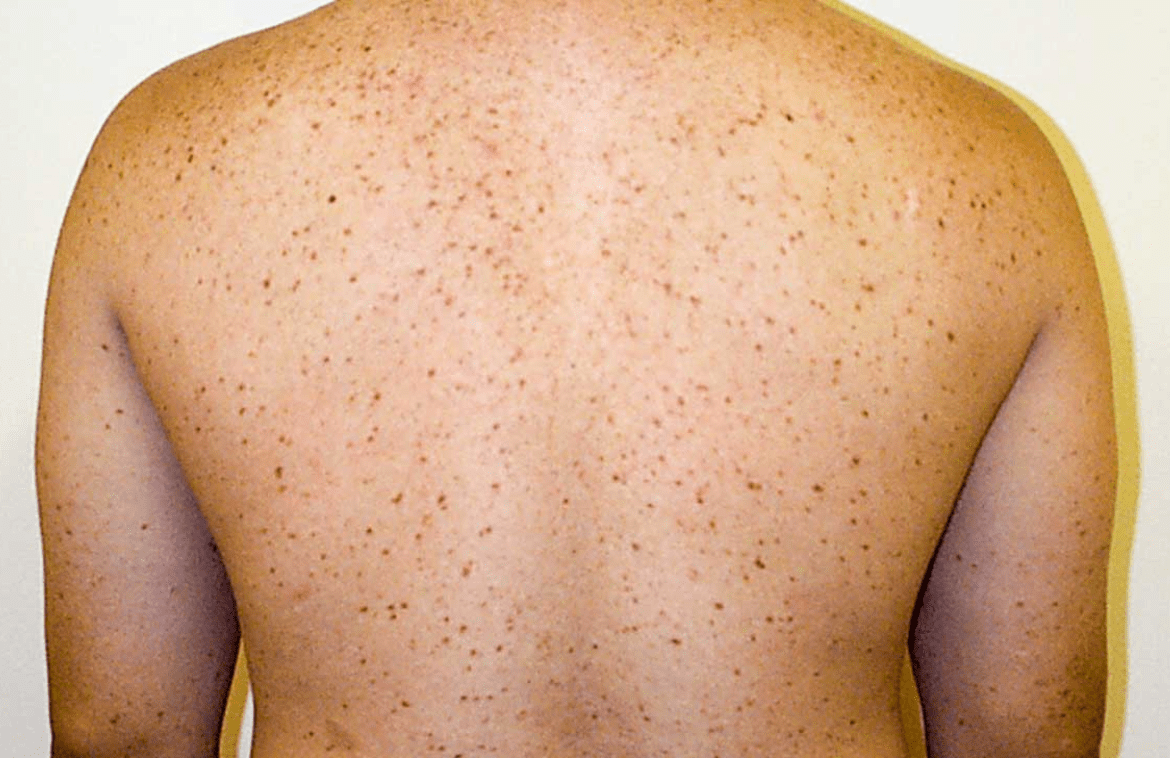
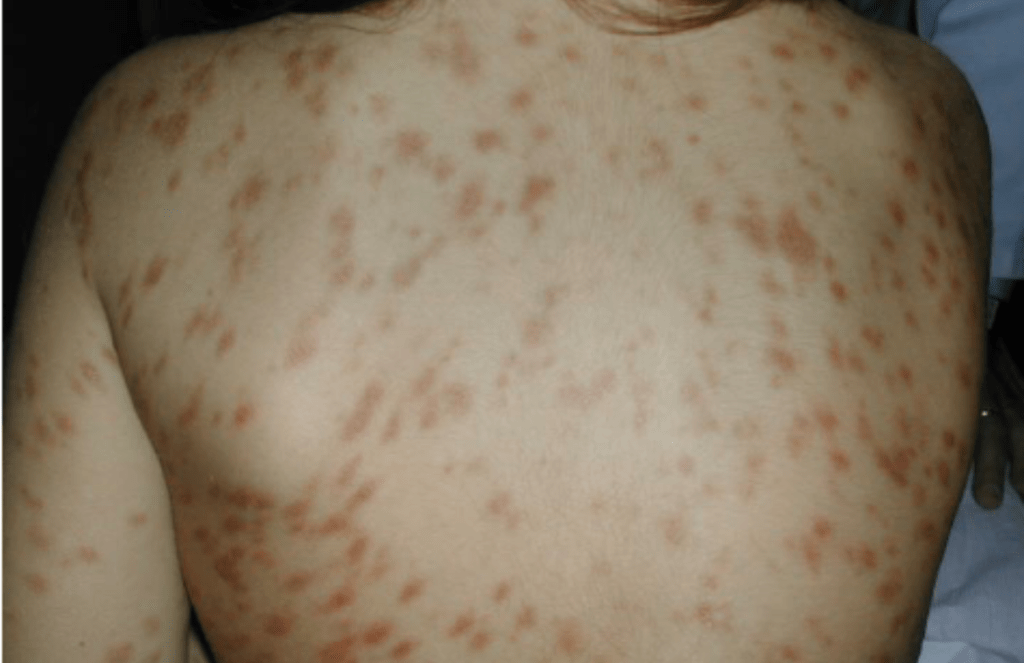

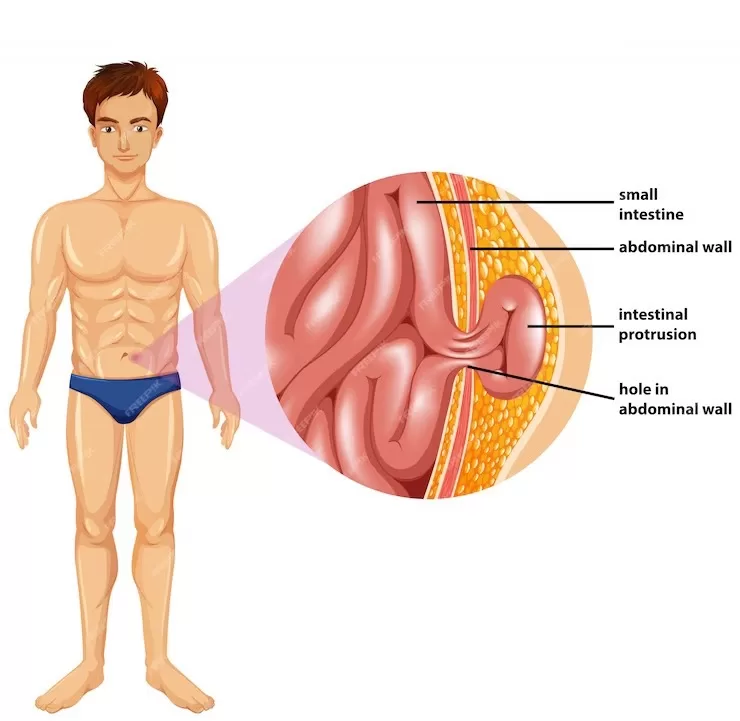
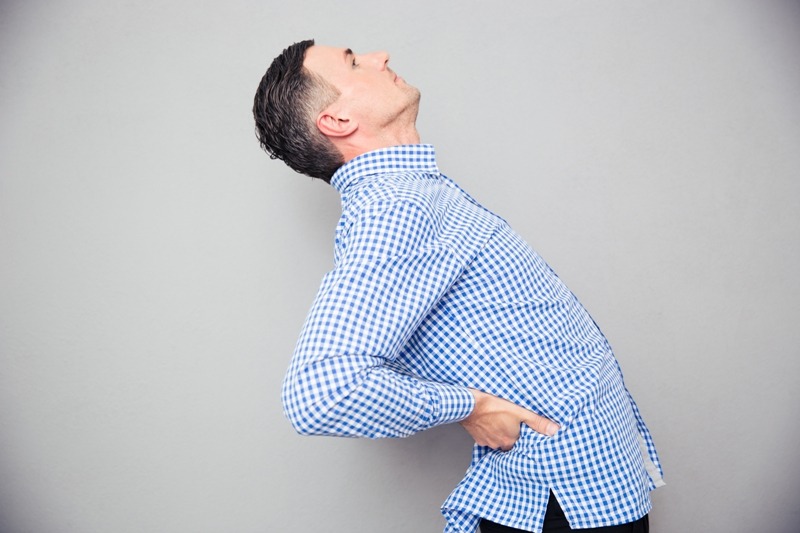
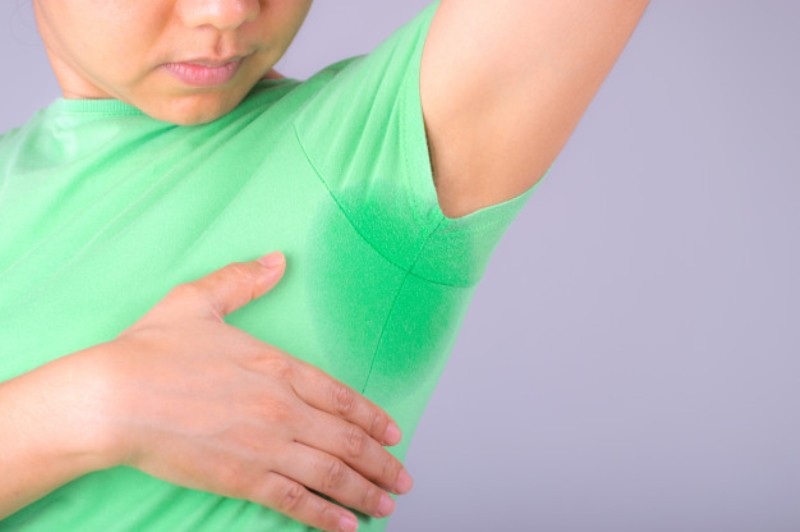
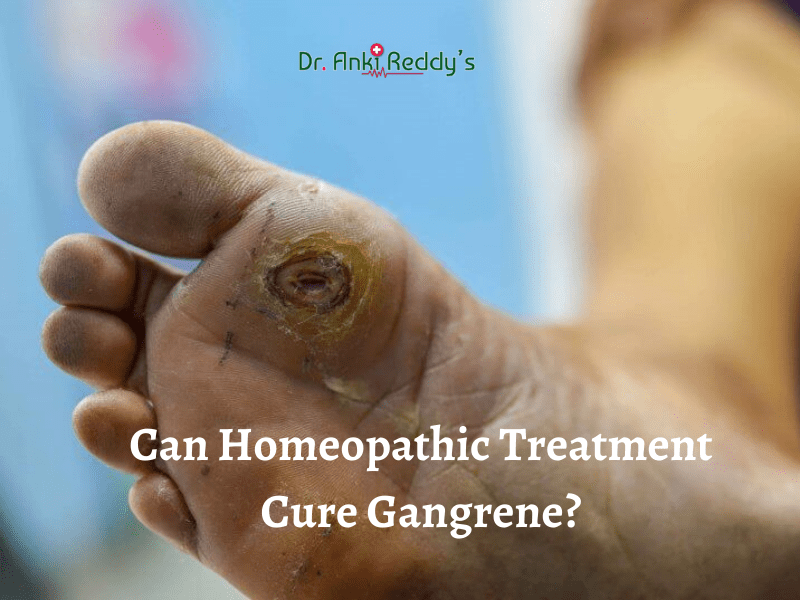
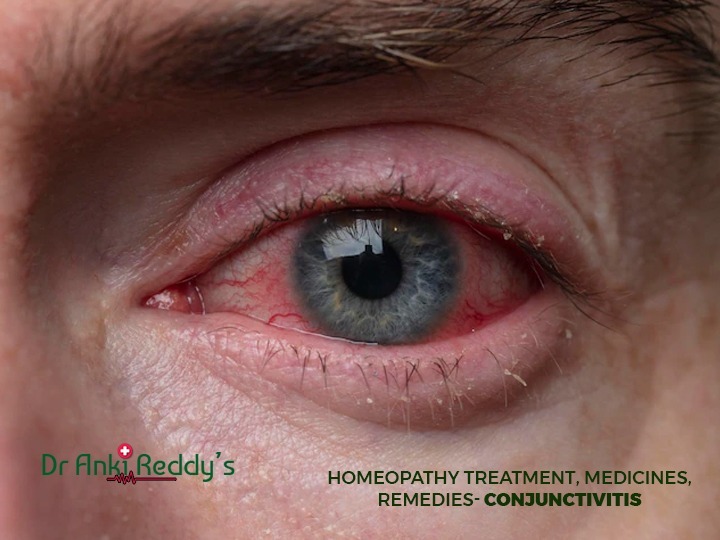
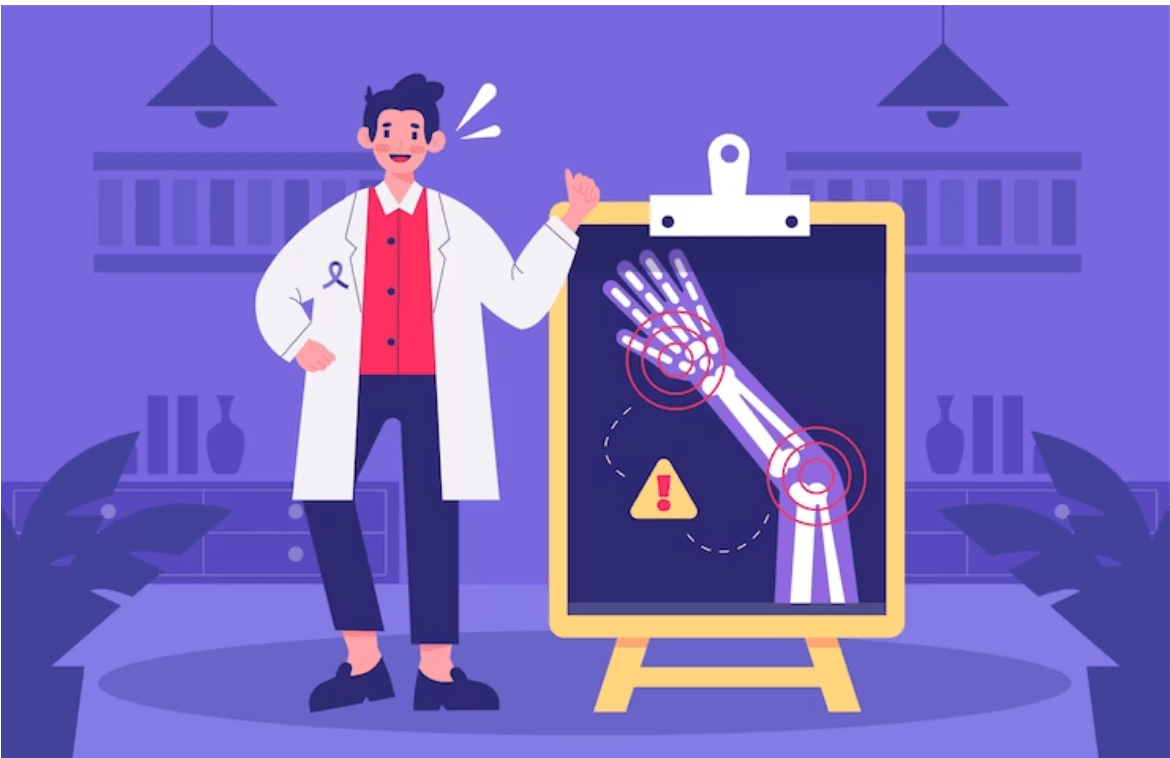
There are no comments